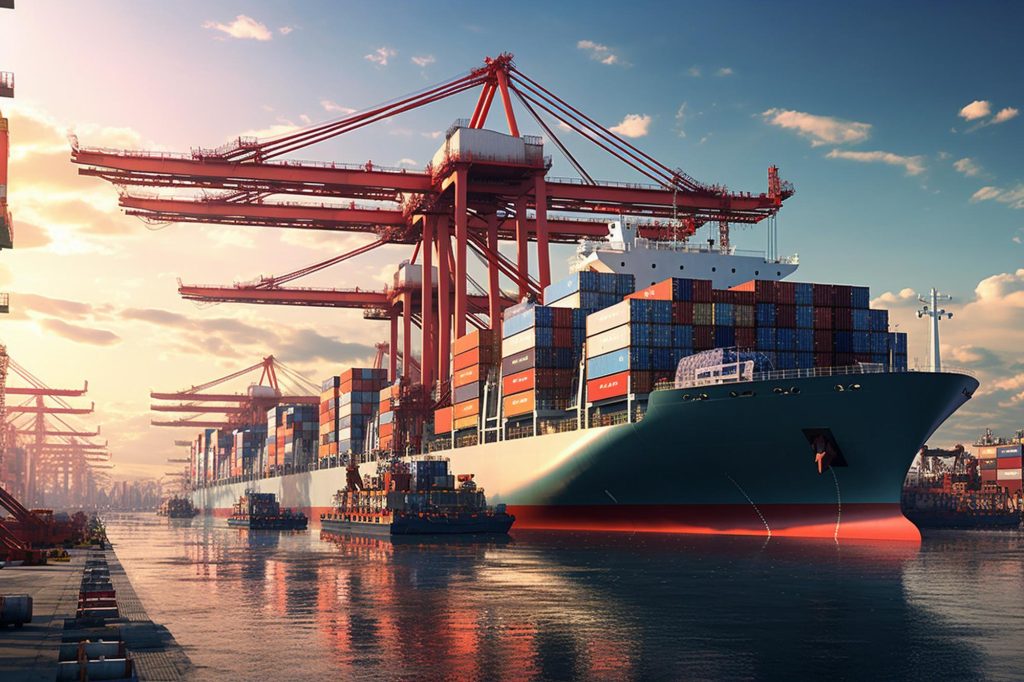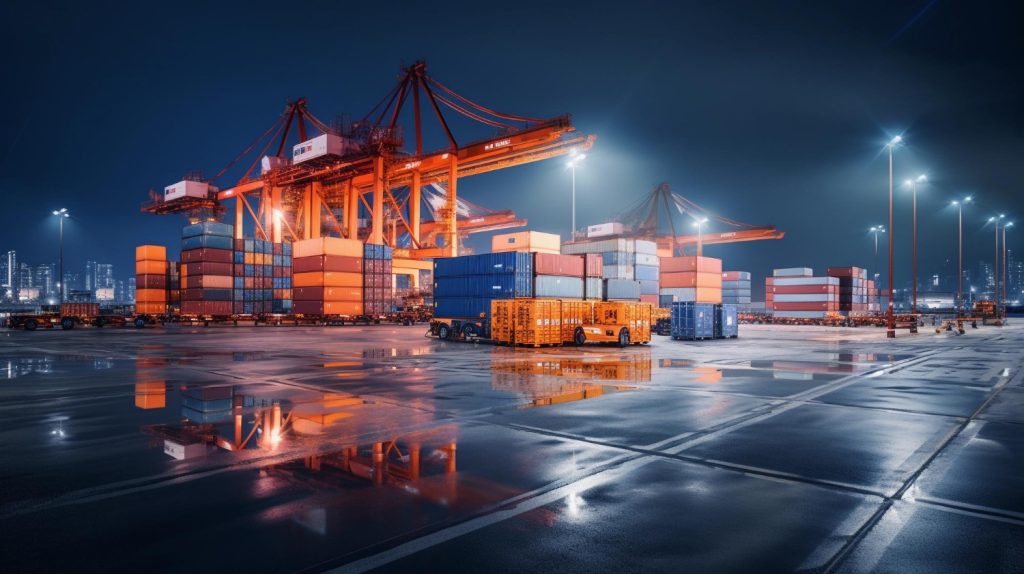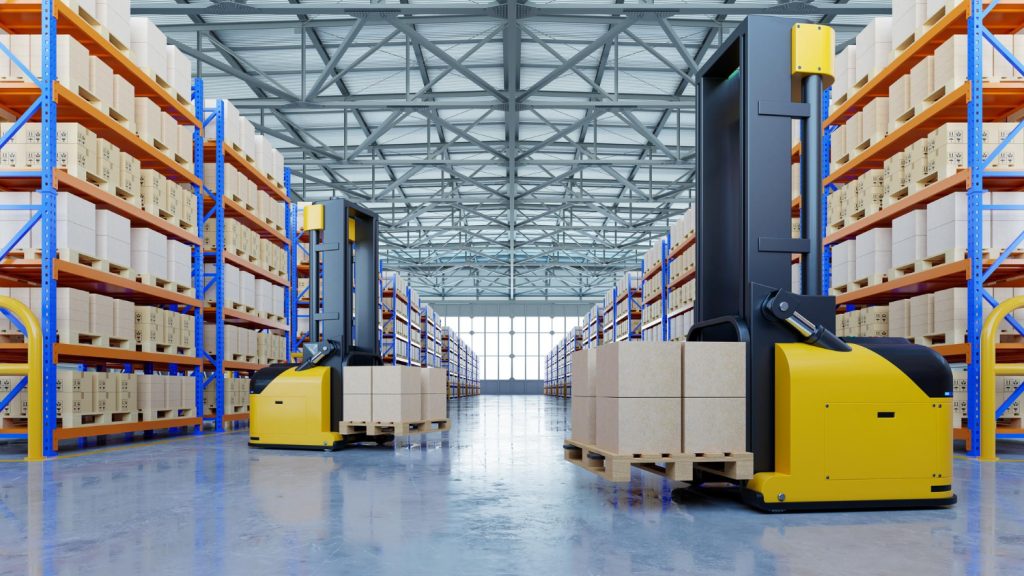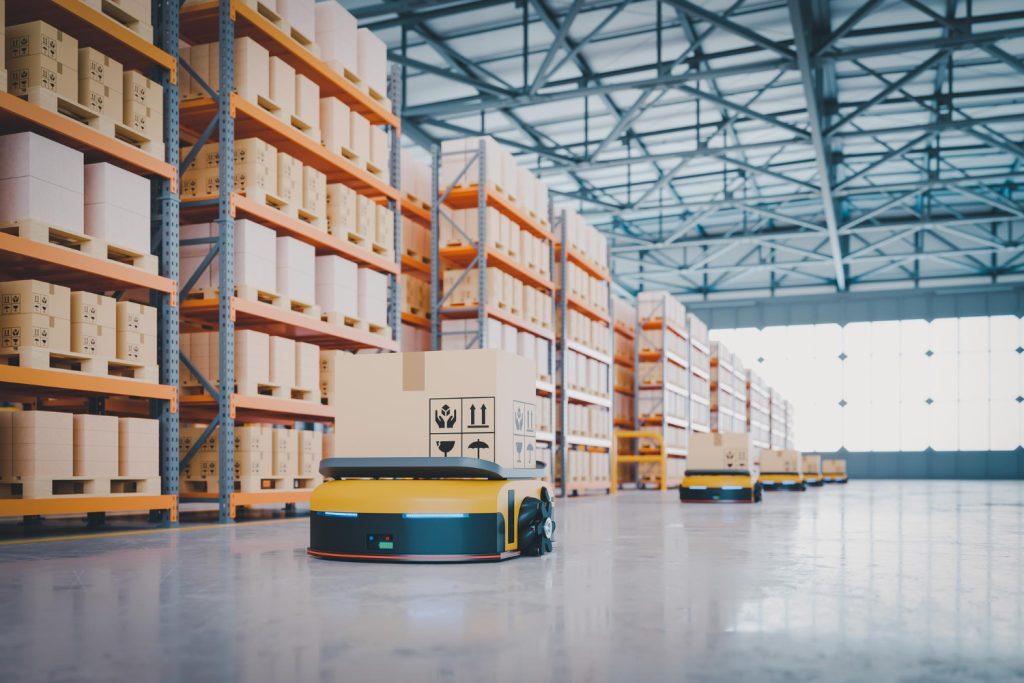Revolutionizing Logistics
How Innovative Infrastructure Projects are Streamlining Supply Chains

In today’s globalized economy, efficient and reliable logistics are the backbone of trade and commerce. A well-developed logistics infrastructure ensures the seamless movement of goods from manufacturers to consumers, impacting everything from business efficiency to product availability. However, in South Africa, outdated infrastructure and logistical bottlenecks often hinder supply chain efficiency.
The Challenges of Traditional Logistics Infrastructure
- Aging Infrastructure:
Many roads, bridges, and railway networks are in need of repair or modernization, leading to congestion and delays. - Limited Storage Capacity:
Inadequate warehousing facilities can lead to bottlenecks and delays in the storage and distribution of goods. - Fragmented Systems:
Lack of coordination between different modes of transportation (road, rail, air) can create inefficiencies in the overall supply chain. - Limited Automation:
Manual processes can slow down operations and increase the risk of errors.
The Impact of Inefficient Logistics
- Increased Costs:
Inefficiencies in the supply chain can lead to higher transportation costs, impacting both businesses and consumers. - Product Shortages:
Delays in the movement of goods can lead to stockouts and product shortages on store shelves. - Reduced Business Competitiveness:
Inefficient logistics can put South African businesses at a disadvantage compared to competitors with more streamlined supply chains.
The Rise of Innovative Logistics Infrastructure
To address these challenges and revolutionize the South African logistics landscape, innovative infrastructure projects are taking center stage.These projects leverage technology and modern design principles to create a more efficient and interconnected supply chain ecosystem.

The OE Logistics Warehouse Project:
A Case Study

The OE Logistics Warehouse project exemplifies the transformative potential of innovative logistics infrastructure. This project combines state-of-the-art warehousing facilities with a secure and reliable data center, offering a comprehensive solution for businesses:
- Modern Warehousing:
The OE Logistics warehouse will feature advanced storage systems, including automated racking and retrieval systems, to optimize storage capacity and expedite order fulfillment. - Temperature-Controlled Storage:
Dedicated areas will cater to products requiring specific temperature control, ensuring the quality and integrity of sensitive goods. - Multimodal Transportation Hub:
The project’s strategic location will provide easy access to major transportation routes, facilitating seamless movement of goods by road, rail, or air. - Advanced Data Management:
The integrated data center will offer businesses secure storage, management, and analysis of their logistics data. This allows for real-time tracking of inventory, optimization of transportation routes, and improved overall supply chain visibility.
Benefits of the OE Logistics Project for South African Logistics
- Improved Efficiency:
By streamlining storage, order fulfillment, and data management processes, the OE Logistics project will significantly improve logistics efficiency for businesses of all sizes. - Reduced Costs:
Efficient operations will lead to lower storage and transportation costs for businesses, ultimately benefiting consumers through lower product prices. - Enhanced Visibility and Control:
Real-time data access empowers businesses to track their inventory and optimize their supply chains, leading to better decision-making and improved customer service. - Job Creation:
The project will create new employment opportunities in warehousing, logistics management, and data center operations. - Stimulating Economic Growth:
By facilitating efficient movement of goods, the OE Logistics project will contribute to overall economic growth in South Africa.
The Future of Logistics in South Africa

The OE Logistics Data Center & Warehouse project represents just one example of how innovative infrastructure can revolutionize South Africa’s logistics landscape. Here’s a glimpse into what the future holds:
- Automation and Robotics:
Greater adoption of automation and robotics in warehousing and transportation will further enhance efficiency and reduce human error. - The Rise of E-commerce:
As e-commerce continues to grow, logistics infrastructure will need to adapt to meet the demands of fast and reliable delivery. - Data-Driven Supply Chains:
Businesses will leverage big data analytics to gain deeper insights into their supply chains, allowing for more proactive decision-making and optimization. - The Rise of Smart Logistics Hubs:
We can expect to see the development of more integrated logistical hubs that combine warehousing, data centers, and transportation infrastructure under one roof.
- Automation and Robotics:
OE Hub: Building a More Efficient Future
At OE Hub, we are committed to developing innovative infrastructure projects that address the needs of the South African economy. By investing in projects like the OE Logistics Data Center & Warehouse, we aim to create a more efficient, interconnected, and data-driven logistics ecosystem that empowers businesses, creates jobs, and ultimately benefits all South Africans.
Join us in shaping the future of logistics in South Africa! By supporting innovative infrastructure projects, we can unlock the immense potential for a smoother, faster, and more cost-effective supply chain network.



